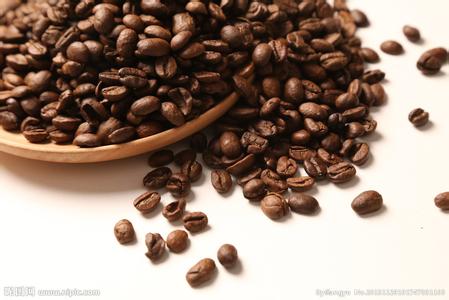Price characteristics of Arakabi coffee bean producing area grinding scale flavor description variety
Arabica Coffee Bean Origin Price Features Grind Scale Flavor Description Variety
Arabica beans produce coffee of higher quality than other commercially grown coffee varieties (such as Robusta), with different flavors and lower caffeine content. The traditional processing method is to manually harvest coffee berries, peel them on the same day, and manually select coffee beans, roast them, and then grind them. With fresh milk, do not use the general market creamer, so coffee is particularly smooth and rich. Specific features are:
Arabica coffee currently accounts for 75% of the world's coffee production, and only 10% of this Arabica coffee production can be classified as "Specialty Coffee".
Bourbon is almost entirely round beans, a little smaller than iron pickup, ripening later, but yielding 30% more than iron pickup. It is suitable for growing at altitudes above 1200 meters, and the flavor is obviously more prominent than that below 1000 meters. However, Bourbon has a disadvantage that it ends up resting for a year. Round bourbon is vigorous, resistant to rust leaf disease is better than iron pickup, but the flavor is not inferior to it, or even better.
In 1810, some of Bourbon's round beans mutated into pointed beans. This is the famous "pointed bourbon". It is characterized by only half the caffeine content, low production and weak constitution. It is extremely rare, just like a weak aristocratic beauty.
Arabica is grown commercially in many countries, but wild Arabica grows only in small areas of Ethiopia's southern highlands and neighbouring South Sudan. The survival of wild arabica is already extremely poor. Previous studies have shown that Arabica is very sensitive to environmental changes and can only survive within a very narrow temperature range.

Important Notice :
前街咖啡 FrontStreet Coffee has moved to new addredd:
FrontStreet Coffee Address: 315,Donghua East Road,GuangZhou
Tel:020 38364473
- Prev

Introduction to the production area of grinding scale for flavor description of red standard varieties in Rosa jadeite manor of Panama
Panamanian Jadeite Manor Red Standard Variety description Grinding scale production area introduction there are three brands of Panamanian Jadeite Manor Rose Summer, which is divided into: competitive bidding (ESMERALDA SPECIAL) (red standard) according to altitude, selected above 1550 meters above sea level. Poquet Boquete Geisha (green mark), Rose Summer is a selection of 1500 meters. (ESMERALDA 1500) (Blue Mark)
- Next

Flavor description of coffee beans in Esmeralda Manor in Panama
In addition to creating good coffee cultivation conditions, the Lamastus family, which runs the Elida estate, has also planted many different native tree species on the estate, not only to shade the coffee trees, but also to provide a friendly habitat for birds. In terms of fertilization, the Lamastus family uses artificial fertilization and a small amount of chemical fertilizers, but never uses pesticides and herbicides that are harmful to the environment. Eye
Related
- Does Rose Summer choose Blue, Green or Red? Detailed explanation of Rose Summer Coffee plots and Classification in Panamanian Jade Manor
- What is the difference between the origin, producing area, processing plant, cooperative and manor of coffee beans?
- How fine does the espresso powder fit? how to grind the espresso?
- Sca coffee roasting degree color card coffee roasting degree 8 roasting color values what do you mean?
- The practice of lattes: how to make lattes at home
- Introduction to Indonesian Fine Coffee beans-- Java Coffee producing area of Indonesian Arabica Coffee
- How much will the flavor of light and medium roasted rose summer be expressed? What baking level is rose summer suitable for?
- Introduction to the characteristics of washing, sun-drying or wet-planing coffee commonly used in Mantenin, Indonesia
- Price characteristics of Arabica Coffee Bean Starbucks introduction to Manning Coffee Bean Taste producing area Variety Manor
- What is the authentic Yega flavor? What are the flavor characteristics of the really excellent Yejasuffi coffee beans?

